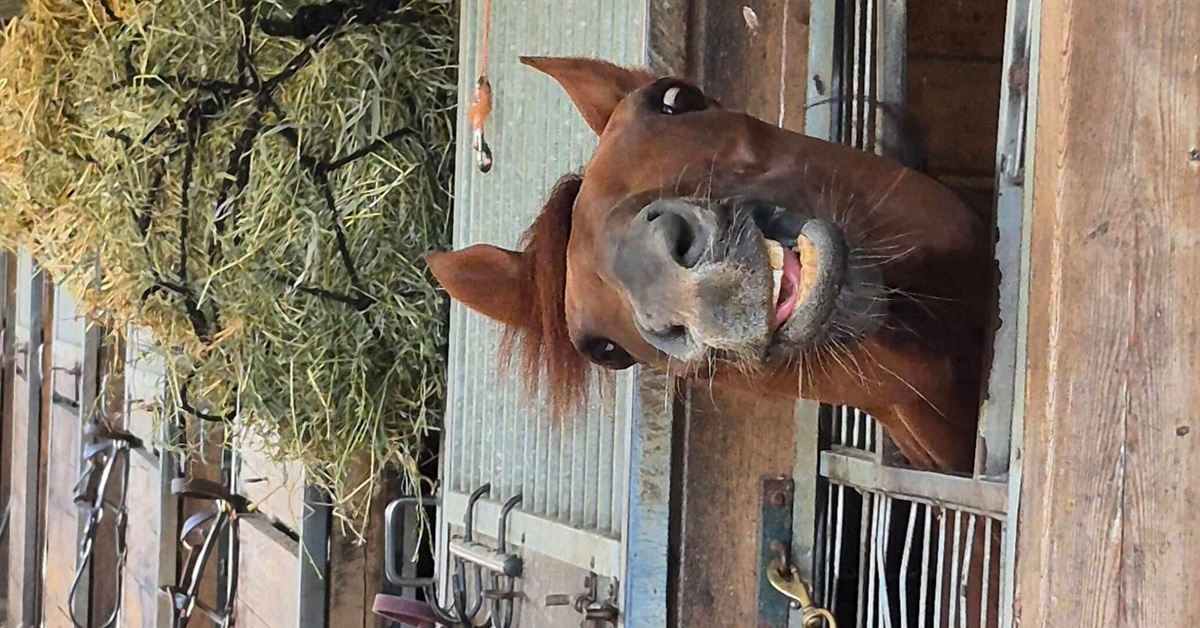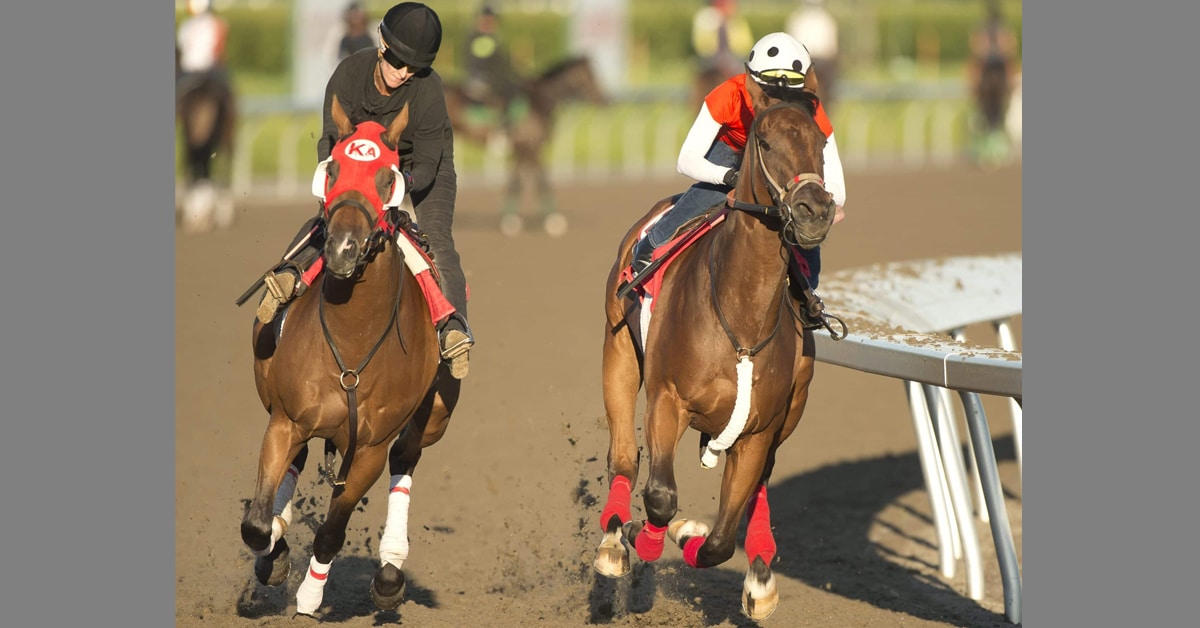On August 16, 2013, the Ontario Ministry of Agriculture and Food (OMAF) was notified of a confirmed case of Eastern Equine Encephalitis (EEE) in one horse in Simcoe County.
The 11-year-old gelding had an incomplete vaccination history and no history of travel outside the county. The horse exhibited acute onset of depression and fever, with some neurological signs; he is reported to be recovering following supportive treatment. A serum sample was sent to the Animal Health Laboratory, University of Guelph, and then forwarded to the National Veterinary Services Laboratories in Ames, Iowa, where EEE virus (EEEV) infection was diagnosed with IgM ELISA. Other horses residing on the affected horse’s premises are fully vaccinated and are not showing any signs of EEE.
Ontario’s local public health units are currently conducting mosquito surveillance for both West Nile Virus (WNV) and EEEV. Birds are the natural host for both viruses, which are transmitted to horses and humans by mosquitoes which have bitten an infected bird. The mosquito species considered the main vector for transmission of EEEV has been identified throughout the province in low numbers in 2013. None of these mosquitoes, however, have tested positive for EEEV to date. More information is available here.
EEEV affects mainly equine species in eastern North America, but can occasionally cause severe disease in humans, including permanent brain damage or death, in humans. The mortality rate in horses is high. EEEV has also caused fatal infections in pheasants, quail, captive whooping cranes, emus, and, most recently, dogs.
Veterinarians in Ontario should consider EEE as a differential diagnosis in horses exhibiting neurological signs, and assist in identifying positive cases through appropriate testing. Signs of EEE (such as circling, head-pressing and convulsions) can mimic a variety of encephalitides including rabies, WNV, botulism, hepatic encephalopathy, equine protozoal myeloencephalitis, tetanus, equine herpes virus 1, and lead poisoning. Most equine cases of EEE in Ontario occur between August and September, although cases can occur into October if environmental conditions permit the survival of the mosquito vector species.
EEEV has been present in the Ontario horse population since 1938. In 2011, Ontario had four equine EEE cases, with a probable but unconfirmed fifth case, as well as an outbreak of EEE in pheasants. There were no confirmed equine EEE cases in 2012. Equine neurological disease cases are posted on the OMAF website here.
There has never been a reported human case of EEE in Ontario.
Effective equine vaccines for EEE are available and veterinarians should ensure that vaccinations are up-to-date in their clients’ animals. There is no human vaccine available. Once clinical infectiondevelops, treatment options for both human and equine cases are limited to supportive care.
Positive equine cases of EEE in Ontario, when identified, will be followed up by the local public health unit to determine the vaccination status of the horse and whether the exposure of the horse was local or travel-related. The public health unit will also ensure that risk of human exposure to mosquitoes in the area, which may potentially be carrying EEEV, is minimized. Depending on the time of year, the owners of properties on which a positive equine EEE case is diagnosed may be asked to allow public health mosquito traps to be placed around their property for surveillance purposes – there is no cost to the property owner for this. A similar response will occur in the case of a positive equine WNV case.
The resources listed below contain more information on the disease and infection control.
RESOURCES
More News









